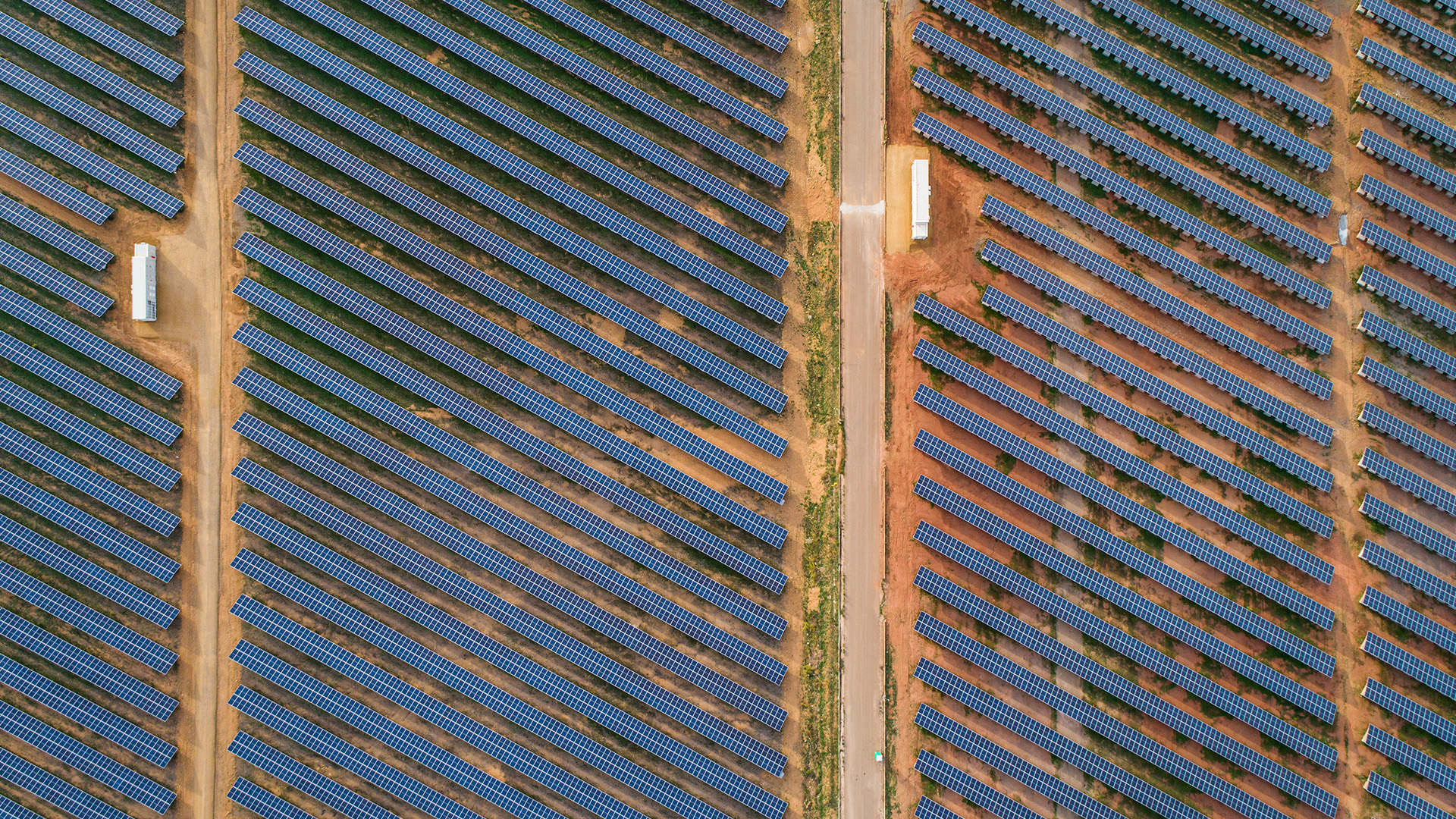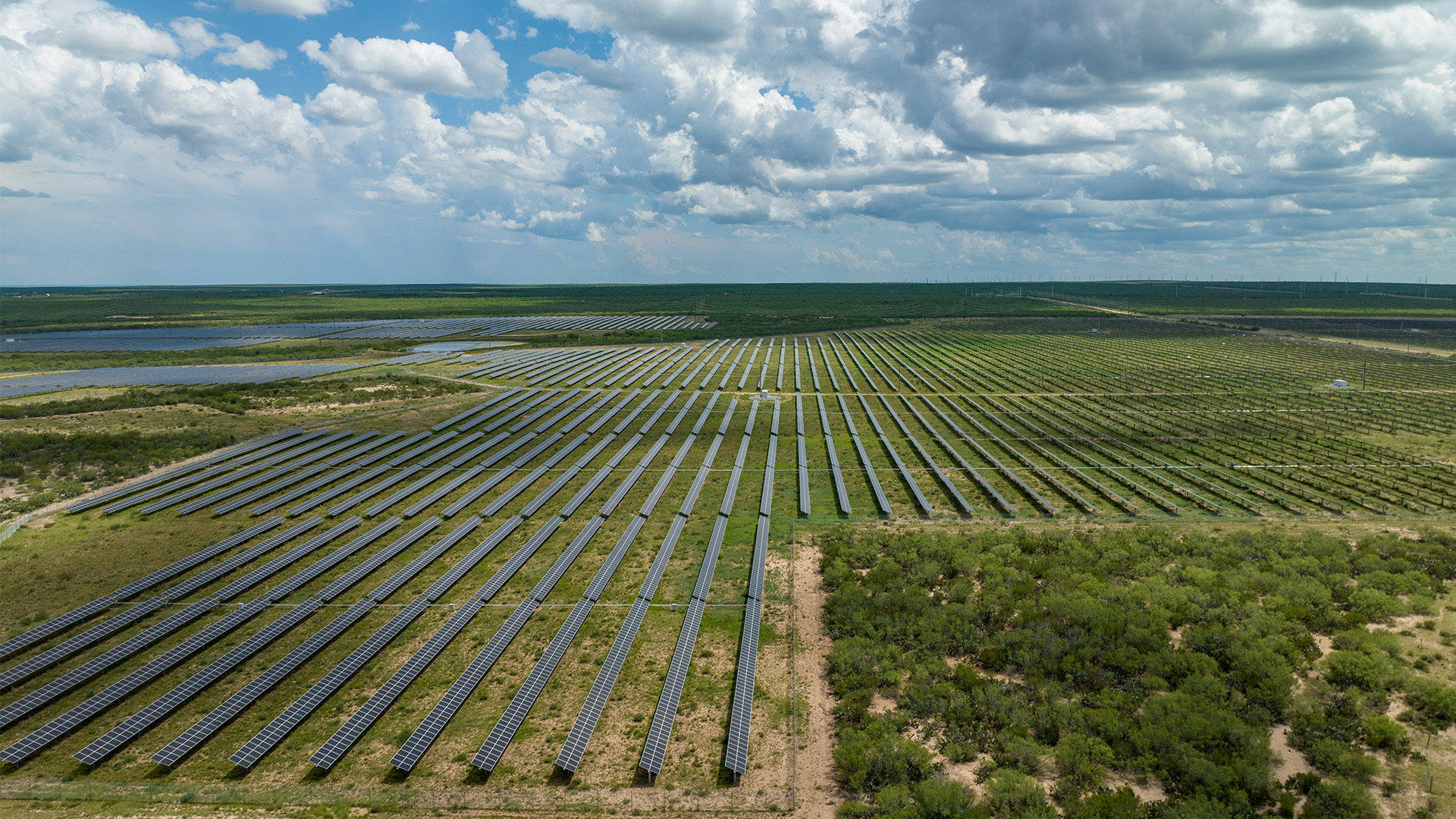In Sardinia, Plenitude has developed its first utility-scale storage plant in Italy. Located in Assemini, near Cagliari, it has been operational since June 2023. The facility, situated within the same industrial area as a 23 MW photovoltaic park, benefits from shared infrastructure, reducing overall implementation costs. The Assemini plant, with an installed capacity of 15 MW and an energy storage capacity of 9 MWh, uses Lithium Iron Phosphate (LFP) battery modules and is among the first utility-scale storage systems connected to the Italian National Transmission Grid. The facility provides Terna with the "fast reserve" ultra-fast frequency regulation service to enhance grid stability, supporting the increasing penetration of renewables in Italy’s energy mix.
Storage, the energy that’s always there
-
10 April 2025

Storage capacity, from home batteries to utility-scale storage plants, is a key element for the future of the energy transition.
Energy and storage are intrinsically linked concepts. From Volta’s battery, the first electricity generator, to modern lithium batteries that power our smartphones and electric cars, the ability to store energy has always been a key factor in technological progress. Today, electrical energy storage systems are ubiquitous, becoming an essential part of our daily lives and a crucial factor in the energy transition.
Storage for grid stability
The increasing penetration of renewable energy sources makes the development of efficient and scalable storage technologies essential to ensure grid stability and reliable energy supply. Renewable energy sources, such as solar and wind, are inherently intermittent and non-dispatchable. Their production depends on variable environmental factors and cannot be stored in its primary form.
This intermittency can create imbalances between electricity demand and supply. To address this challenge, it is necessary to enhance storage systems, increasing their number, power, and overall capacity. Storage plants, particularly utility-scale facilities directly connected to the transmission grid, play a crucial role in this context. They provide essential frequency and voltage regulation services, helping to maintain grid balance.
Another fundamental function of storage systems is to optimize the use of renewable sources through time-shifting mechanisms. These systems absorb excess energy produced by renewables during periods of low demand, known as overgeneration, such as midday for solar power, and release it when demand increases, typically in the evening.
Finally, storage is increasingly strategic in absorbing additional and unpredictable electricity demand, such as that from the growing adoption of electric mobility, which adds further variability to consumption patterns.
The emerging system is an integrated network, comprising both residential storage solutions, essential for the development of residential photovoltaic systems and energy communities, and large-scale storage connected to generation plants, such as wind and solar farms, either on-site or virtually through grid connections.

Learn more in the podcast Future on charge
A history of batteries
The history of energy storage dates back to 1799 with Alessandro Volta’s invention of the voltaic pile. This device, composed of copper and zinc discs separated by cloth soaked in a saline solution, was the first to generate a continuous flow of electricity. Since then, energy storage research has made significant advances, leading to the development of various technologies, including lead-acid batteries, still used today for vehicle starters, and nickel-cadmium batteries

However, the true revolution came with lithium-ion batteries, developed in the 1970s and 1980s. Thanks to their high energy density, low weight, and long lifespan, these batteries quickly dominated the consumer electronics market, powering devices like laptops, smartphones, and tablets. Their impact was so significant that, in 2019, John B. Goodenough, M. Stanley Whittingham, and Akira Yoshino, the main contributors to their development, were awarded the Nobel Prize in Chemistry.
Even today, the dominant technology in the storage sector is lithium-ion batteries, which represent almost all grid-connected storage systems in Italy. Their success is due to their ability to withstand a high number of charge and discharge cycles, ensuring reliability and efficiency in restoring electricity flow. However, other promising technologies are under development, such as flow batteries, which use liquid electrolytes to store energy. With long lifespans and good scalability, they offer a viable alternative to lithium batteries, particularly for utility-scale applications. Flow batteries are the storage technology used at the new 6 MW photovoltaic park completed by Plenitude in February 2024 in Ravenna Ponticelle.

Other forms of energy storage
In addition to these electrochemical storage systems, there are other types of storage that differ significantly in operation, development stages and efficiency
-
Mechanical storage: the oldest form, where electrical energy is converted into potential and kinetic energy. Examples include pumped hydro systems and flywheels.
-
Electromagnetic storage: based on the use of magnetic fields to store energy. This technology is still under development.
-
Chemical storage (Power-to-Gas): in this case, electrical energy is used to produce gas that can be stored and used later.
-
Hydrogen storage systems: based on water electrolysis to produce hydrogen, which is then stored and converted back into electricity through fuel cells.

Large-scale storage: from Assemini to Texas
Plenitude’s presence in storage extends beyond national borders. This facility joins the Guajillo storage plant inaugurated in Texas in January, with a power capacity of 200 MW and an energy storage capacity of 200 MWh. The plant is located adjacent to one of Plenitude’s largest operational solar farms, Corazon Solar Farm, maximizing operational synergies and providing stabilization services to the local grid, contributing to the region’s energy efficiency.
Storage and self-consumption
Storage plays a fundamental role in optimizing self-consumption, both at individual and collective levels.
In a home with a photovoltaic system, a storage system allows excess energy produced during the day to be stored and used in the evening or at night when the system is not generating power. The integration of solar panels, batteries, and an inverter is essential to maximize self-consumption. The inverter not only converts the direct current generated by the panels into usable alternating current but also manages energy flows between the battery and the grid based on production, consumption, and battery charge levels.
In renewable energy communities (RECs) and collective self-consumption configurations (CSC), storage systems become even more strategic. Community members can share energy produced by one or more renewable installations. A single storage system or a combination of multiple residential-sized batteries can store excess energy and distribute it among community members based on their needs, optimizing collective self-consumption and maximizing the benefits of this energy consumption model.
Other related articles
You don’t need to consult the stars to understand this energy: just look up at the sun to see things clearly. Let’s begin a journey that starts with a single ray of sunlight and leads to self-produced, shared energy, exploring a technology
Electricity generated by onshore and offshore wind farms is part of the renewable mix that supports the ongoing energy transition. History, curiosities, and technology of energy born from the wind.
The continuously evolving scenario of energy, with its various complexities, requires technologies, investment, perseverance and commitment. This means that there is a great opportunity to accelerate the transition through the deployment of solar and wind




